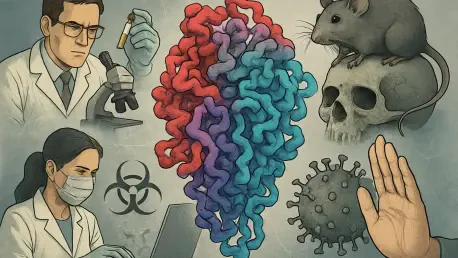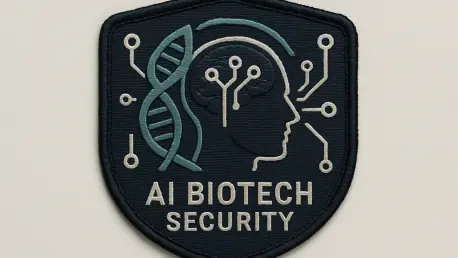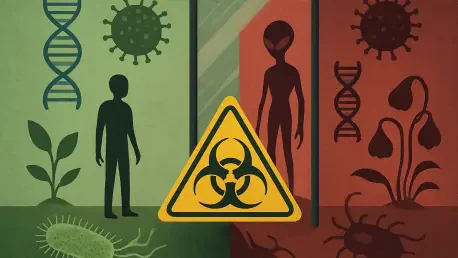
Imagine a world where life-saving drugs are developed in a fraction of the time it currently takes, thanks to cutting-edge technology that can design proteins with pinpoint accuracy to target diseases. Artificial intelligence is making this vision a reality by transforming the field of protein

Diving into the gritty world of hardcore and metal, I’m thrilled to sit down with Billy Graziadei, the powerhouse frontman of Biohazard, a band that’s been a cornerstone of New York hardcore for decades. With their latest track “Death of Me” already making waves and a new album, Divided We Fall ,

Imagine a world where artificial intelligence, a tool celebrated for its potential to revolutionize biotechnology, becomes a double-edged sword capable of designing harmful biological materials with alarming precision, raising urgent concerns about biosecurity. This unsettling reality has come to

In an era where artificial intelligence is reshaping countless industries, a chilling possibility has emerged at the intersection of AI and synthetic biology, raising urgent questions about global safety. Imagine a scenario where malicious actors harness sophisticated algorithms to reengineer

Imagine a world where synthetic organisms, engineered with molecular structures completely alien to natural life, could proliferate unchecked, evading all known defenses and disrupting ecosystems on a global scale. This is the unsettling promise of mirror life, a cutting-edge area of synthetic

In a quiet corner of Millbank, Australia, a hidden environmental threat emerged recently, sparking an urgent response from local authorities and biosecurity experts. The discovery of the Yellow Fever Tree, scientifically known as Vachellia xanthophloea, an invasive species classified as prohibited